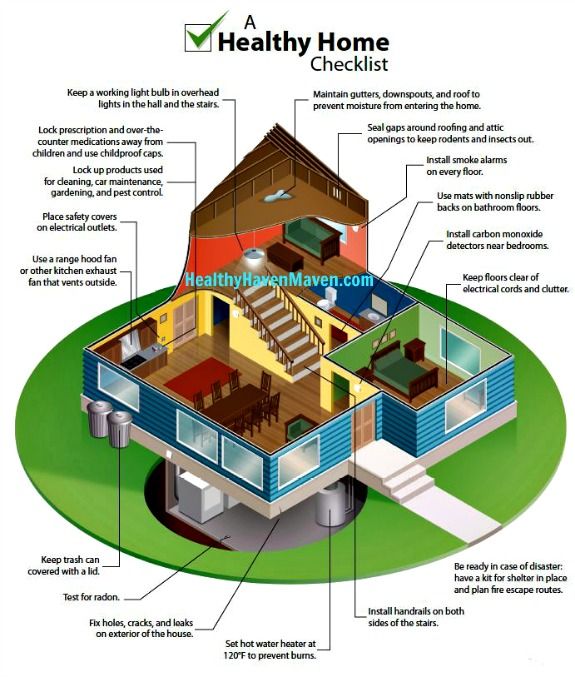The Future Of Home Home Heating - Exactly How Heatpump Technology Is Evolving
The Future Of Home Home Heating - Exactly How Heatpump Technology Is Evolving
Blog Article
Material Writer-David Roy
Heat pumps will be an essential modern technology for decarbonising heating. In a circumstance constant with governments' introduced energy and climate dedications, their worldwide capability doubles by 2030, while their share in heating rises to one-quarter.
They work best in well-insulated homes and depend on electricity, which can be provided from a sustainable power grid. Technical innovations are making them more efficient, smarter and less expensive.
Gas Cells
Heatpump use a compressor, cooling agent, coils and fans to move the air and heat in homes and home appliances. They can be powered by solar energy or electricity from the grid. They have actually been gaining appeal because of their low cost, silent procedure and the ability to create electrical energy throughout peak power demand.
Some business, like IdaTech and BG MicroGen, are dealing with fuel cells for home heating. These microgenerators can change a gas boiler and generate a few of a residence's electric needs with a link to the power grid for the rest.
Yet there are reasons to be unconvinced of using hydrogen for home heating, Rosenow claims. mitsubishi heat pump service would certainly be expensive and inefficient contrasted to other technologies, and it would include in carbon discharges.
Smart and Connected Technologies
Smart home technology enables home owners to connect and regulate their gadgets from another location with using smartphone apps. For instance, wise thermostats can discover your heating preferences and automatically adapt to maximize energy intake. Smart lighting systems can be controlled with voice commands and instantly switch off lights when you leave the space, lowering energy waste. And smart plugs can check and handle your electrical use, enabling you to determine and restrict energy-hungry devices.
The tech-savvy family shown in Carina's meeting is a great picture of just how occupants reconfigure area home heating techniques in the light of new wise home innovations. They depend on the devices' computerized features to accomplish everyday adjustments and regard them as a practical ways of performing their heating techniques. Therefore, they see no reason to adapt their techniques even more in order to make it possible for adaptability in their home power demand, and interventions aiming at doing so may face resistance from these houses.
Electrical energy
Considering that heating up homes represent 13% of US exhausts, a button to cleaner choices can make a large distinction. Yet the innovation deals with challenges: It's expensive and requires substantial home renovations. And it's not always suitable with renewable energy resources, such as solar and wind.
Until recently, electrical heatpump were as well costly to take on gas designs in a lot of markets. Yet brand-new advancements in layout and materials are making them much more budget friendly. And better chilly climate performance is enabling them to function well also in subzero temperatures.
The next step in decarbonising home heating might be the use of heat networks, which draw warmth from a main resource, such as a neighboring river or sea inlet, and disperse it to a network of homes or buildings. installing heat pumps would certainly lower carbon emissions and enable households to benefit from renewable energy, such as environment-friendly electrical power from a grid supplied by renewables. This alternative would be much less pricey than changing to hydrogen, a fossil fuel that calls for brand-new infrastructure and would just decrease CO2 emissions by 5 percent if paired with enhanced home insulation.
Renewable resource
As power rates go down, we're starting to see the exact same pattern in home heating that has actually driven electric autos right into the mainstream-- yet at an also much faster rate. The solid environment case for impressive homes has actually been pressed better by new study.
Renewables account for a substantial share of modern warmth usage, however have actually been given restricted policy focus internationally compared to various other end-use industries-- and even less interest than electricity has. Partially, this mirrors a mix of customer inertia, divided rewards and, in numerous nations, aids for nonrenewable fuel sources.
New modern technologies could make the shift easier. For example, heatpump can be made more power effective by changing old R-22 cooling agents with new ones that don't have the high GWPs of their precursors. Some professionals likewise visualize district systems that draw warmth from a close-by river or sea inlet, like a Norwegian arm. The warm water can then be utilized for heating and cooling in a community.